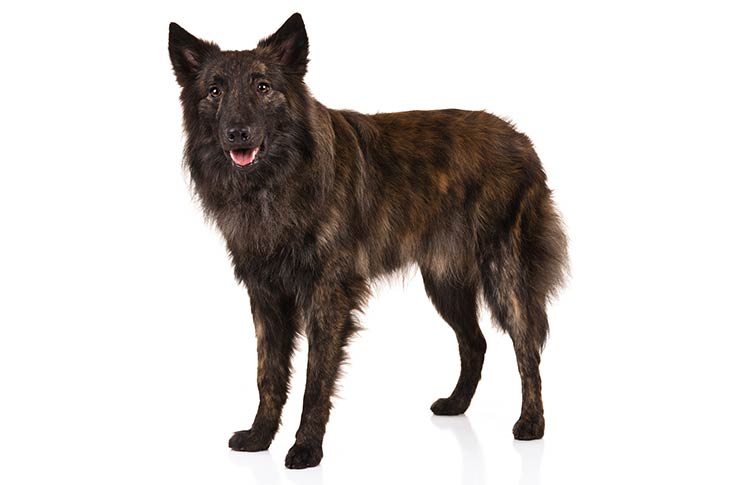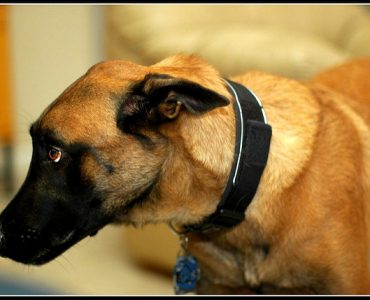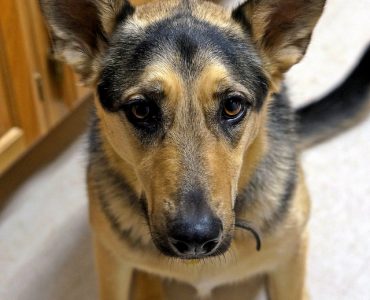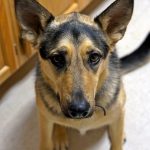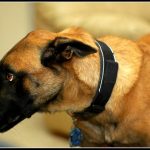Often called the Hollander, this is an old breed of farm dog developed in the 19th century for herding livestock. Its exact origins are uncertain, but it has much in common with the old German and Belgian Shepherd breeds.
The Dutch Shepherd was not produced to any one “pattern. The farmers just needed a versatile, hardy dog to herd sheep and perform other duties.
By the late 19th century, industrialisation of farms meant the breed was in danger of dying out. To combat this, the National Hollander Club was set up. The aim was to standardise the Dutch Shepherd breed and save it from extinction.
Up to then, the dogs were bred solely for their ability to herd flocks. They varied greatly in size and temperament, and no fewer than six coat varieties were recognised. The NHC now set about creating a unique Dutch breed. They narrowed down the coat to short, long and wire hair, and, in 1914, further restricted the breeding program to just one colour.
This ruthless approach led to a severe deterioration in the quality of the breed, and, after World War II, it was decided to introduce foreign breeds to strengthen the gene stock. These were the Belgian Malinois Tervuerens.
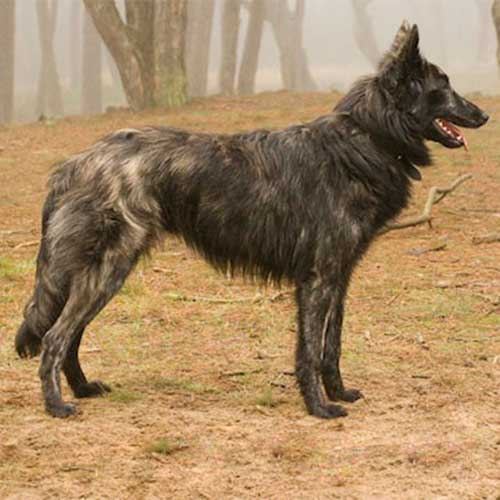
In this way, the Dutch Shepherd of today developed. It is a medium size, intelligent dog, well-muscled with a brindle coat (short, long or wire hair). Although it is loyal and friendly, the Dutch Shepherd does not make a good pet and is mainly used for police and rescue work.


